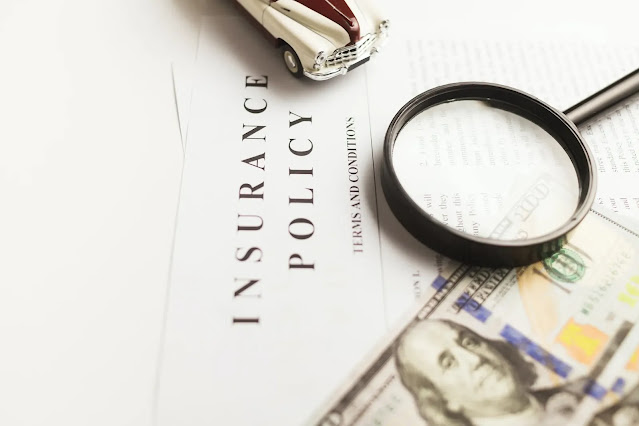Comprehensive insurance coverage is optional coverage that protects against damage to a vehicle caused by non-collision events. These events are outside of one's control. It includes theft, vandalism, glass and windshield crashing, fire, damage due to animals, weather, tornado, or other disasters of nature. It's designed to compensate for the loss to your vehicle caused by things other than collision. If you buy a car, you should get both comprehensive and co-insurance coverage. If you're using an older car, you may not need comprehensive insurance.
Comprehensive, collision, and liability insurance are three major components of an automobile insurance policy. In some states, drivers must have liability insurance than comprehensive or collision insurance. Both types of insurance are taken as optional. If a person owns a financed vehicle, the automobile company may require comprehensive insurance.
Comprehensive insurance covers
In case of what comprehensive insurance covers, the related damages list is given below:
Accidents with animals, such as hitting
Natural disasters, including earthquakes, land sliding, falling off a tree, floods, and hurricanes
Fire
Riots and vandalism
Theft of vehicle, or theft of certain parts of the vehicle
Crashing glass and windshields
Fallen objects, including pieces of land, mountain, or hail
Comprehensive insurance's cost
Comprehensive insurance covers car damage and natural disasters other than car accidents. According to the Insurance Information Institute, the average cost of comprehensive insurance is around $134 per year. It may vary from state to state. Moreover, you'd secure $200 for monthly insurance of your car.
Comprehensive and collision insurance each have their deductibles while liability doesn't. A driver can easily choose different deductibles according to distinguished risk levels in each area. The higher the cash value of a vehicle, the more expensive the comprehensive insurance policy will be. The risk classes of different insurance companies help you understand how much you can afford for comprehensive coverage. You can estimate how much you can pay through your living area, driving record, and coverage amount for car insurance or comprehensive coverage.
Pros and cons of comprehensive insurance
Comprehensive insurance protects your gear from theft, natural disasters, or weather damage (tornado, land sliding, hailing, falling off a tree). This insurance has many disadvantages. If your car suffers an accident, this insurance will not cover you or your damage. It proves expensive if you carry it with collision insurance. In the case of an older or paid-off vehicle, you'd save money by not taking this insurance, especially if there is no theft risk in your area of living.
Pros
Comprehensive coverage protects you from severe unintended damage such as theft, natural disaster, weather-related damage, or anything beyond your control.
It often compensates for or covers unpredicted events like the crashing of glass and windshield by hailing.
If you live in an elite class or high-crime area, comprehensive coverage supports you in covering damage caused by theft or break-ins.
Cons
Comprehensive coverage doesn't support in case of collision.
It doesn't prove worthy if you have an older or paid-off car.
Comprehensive insurance won't cover the damage caused by stealing or theft.











No comments:
Post a Comment